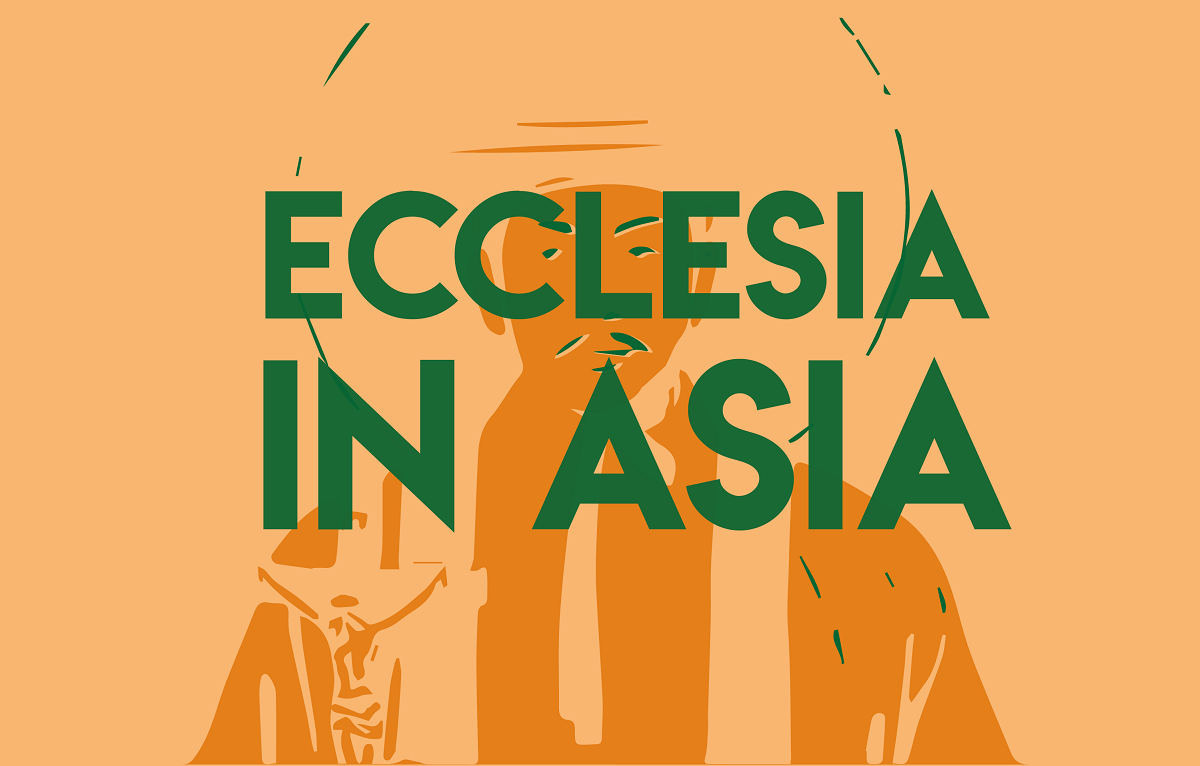Growth prospects for Karakalpakstan
The autonomous republic in the westernmost part of Uzbekistan was the focus of a national investor forum. Natural gas deposits, a climate suitable for wind power generation, excellent prospects for agricultural production and its location facing Europe and the Middle East have led local authorities and financial analysts to predict annual growth of 6%.
Tashkent (AsiaNews) - A national investor forum was held on 11 June in Tashkent, where the managing director of the Boston Consulting Group, Rza Nuriev, a manager of Azerbaijani origin, highlighted the great prospects for the autonomous republic of Karakalpakstan in Uzbekistan.
Presenting the region's development strategy, Nuriev highlighted the ‘four foundations’ on which a major economic project can be realised by 2035: cheap green energy, an ideal location for energy-intensive production, meat and milk production, and ‘exotic tourism’.
The development plan was presented by the Bcg together with the Uzbek government, the relevant ministries and regional authorities. Nuriev said that ‘Karakalpakstan has enormous potential and can become the leader of growth not only in Uzbekistan but throughout Central Asia’.
The republic covers 166,600 square kilometres in the westernmost part of the country, making it the largest region, and has always sought to defend its autonomy, even coming into conflict with the central authorities as it did in Soviet times and in recent years.
The Karakalpaks are of Turanian ethnicity, their name meaning “black hat” to indicate the classic style of the tribes, who may have separated from the Tatar-Mongols and retained their own language and traditions, descending from the medieval “Karakalpaks” of the Khorasan plain.
The capital of the republic is Nukus, a city of just over 300,000 inhabitants that is demanding further forms of self-government due to the drying up of the Aral Sea basin and to defend itself against land grabbing by multinationals, particularly Chinese companies.
The timing of its possible “rebirth” is difficult to define, after years of depression and decline compared to the rest of the country, with ever-decreasing water flows from the great Amu Darya River, the most important in Central Asia, which flows through the lower part of Karakalpakstan.
According to Nuriev, the harsh climate of this mountainous region with strong winds could play a positive role, precisely because of the possibility of generating over 60 gigabytes of wind energy, and the 10-gigabyte projects already planned would produce half of the current power in the whole of Uzbekistan.
Natural gas deposits are a clear advantage, which could increase with appropriate geological surveys, considering that all gas import lines pass through the western part of the country.
No less attractive are the prospects for agricultural production, as more than half of Uzbekistan's pastures are scattered throughout Karakalpakstan, and the focus can be on developing livestock farming, especially cattle.
The cultural attractions of the region were highlighted, with particular reference to the historic and exotic sites, such as the Savitsky Museum, the largest collection of avant-garde artists in the entire post-Soviet space, by the president's advisor and daughter, Saida Mirziyoyeva.
The geographical location opens up significant logistical priorities, notes the director of the BCG: “If you want to export products to countries such as Turkey, the Middle East and even Europe, being in the west is really very useful, and the region is well connected in terms of transport infrastructure”.
Overall economic growth is expected to start at 6% per annum, particularly considering European partners, who give priority to “green certificates” for all production.
A Destination Management Office has already been opened in Nukus to offer itineraries and agreements with international tour operators, and Mirziyoyeva confirmed that “the future of Karakalpakstan is one of the country's top priorities”, inviting investors to take up this great challenge.







.png)










